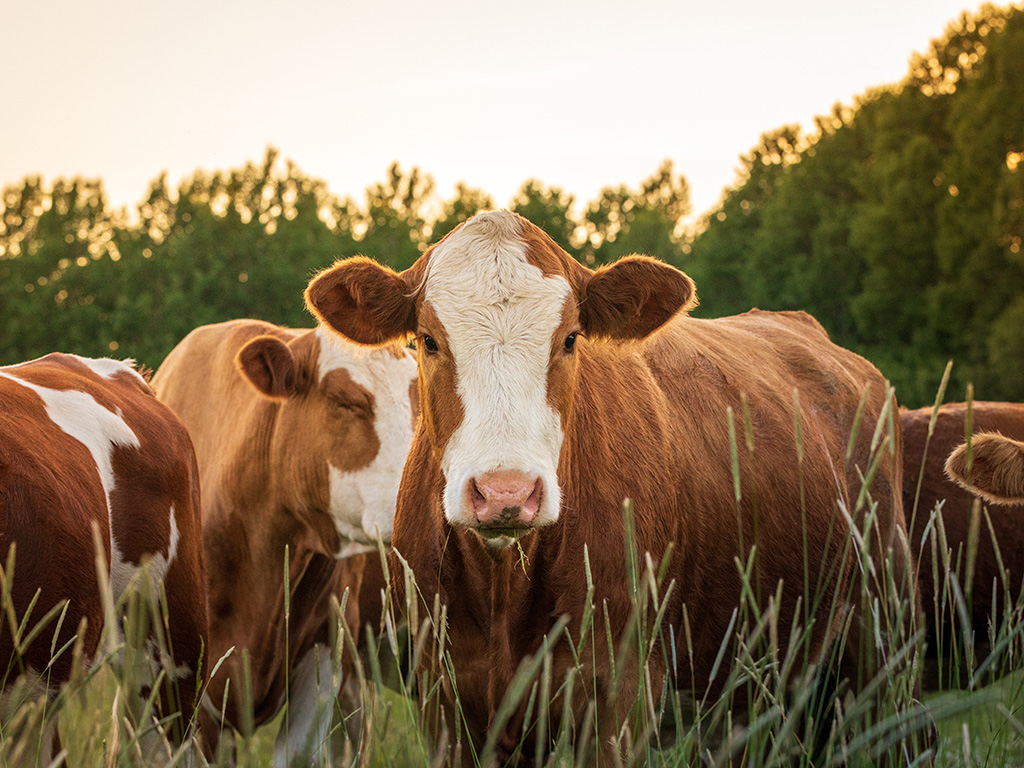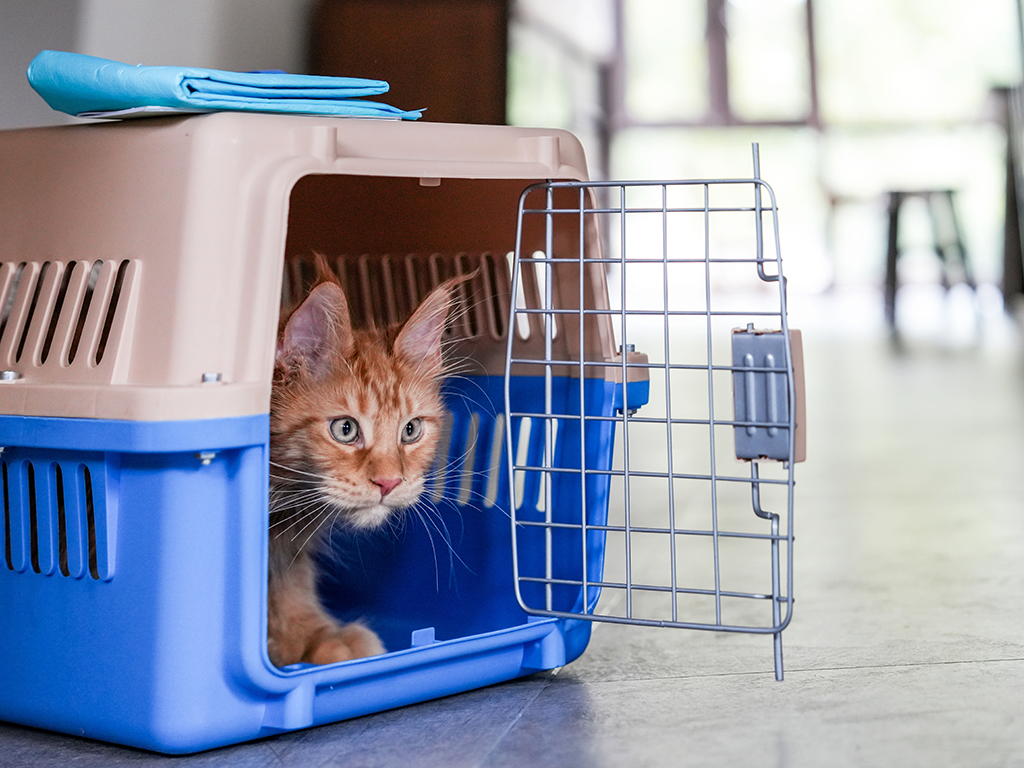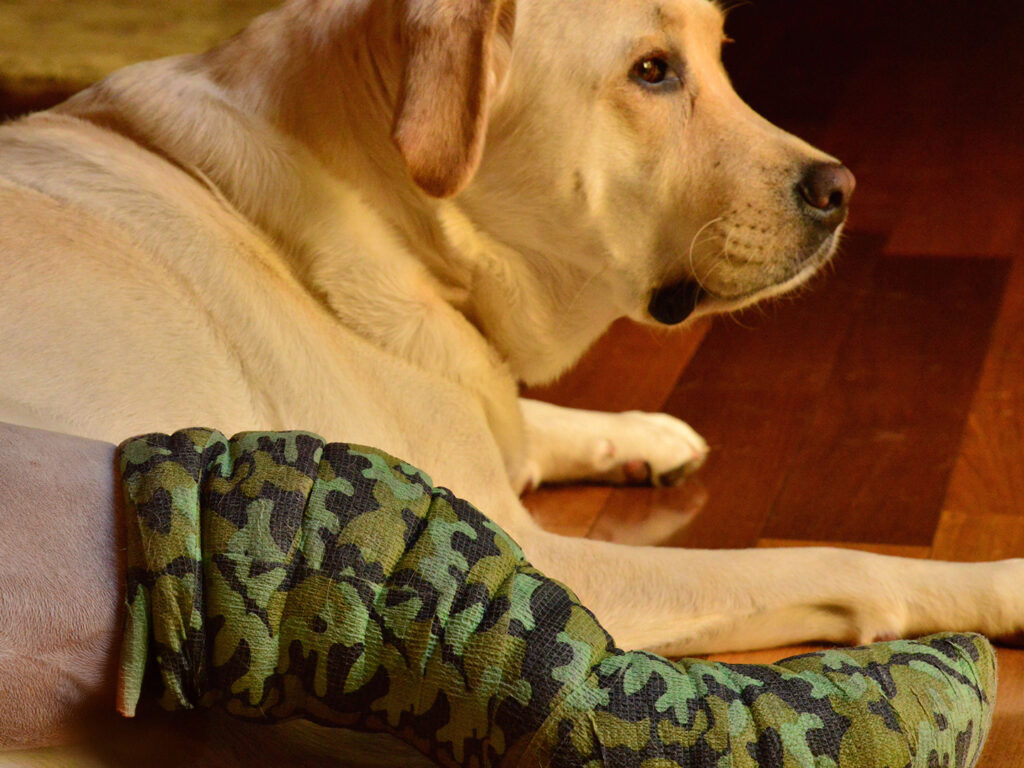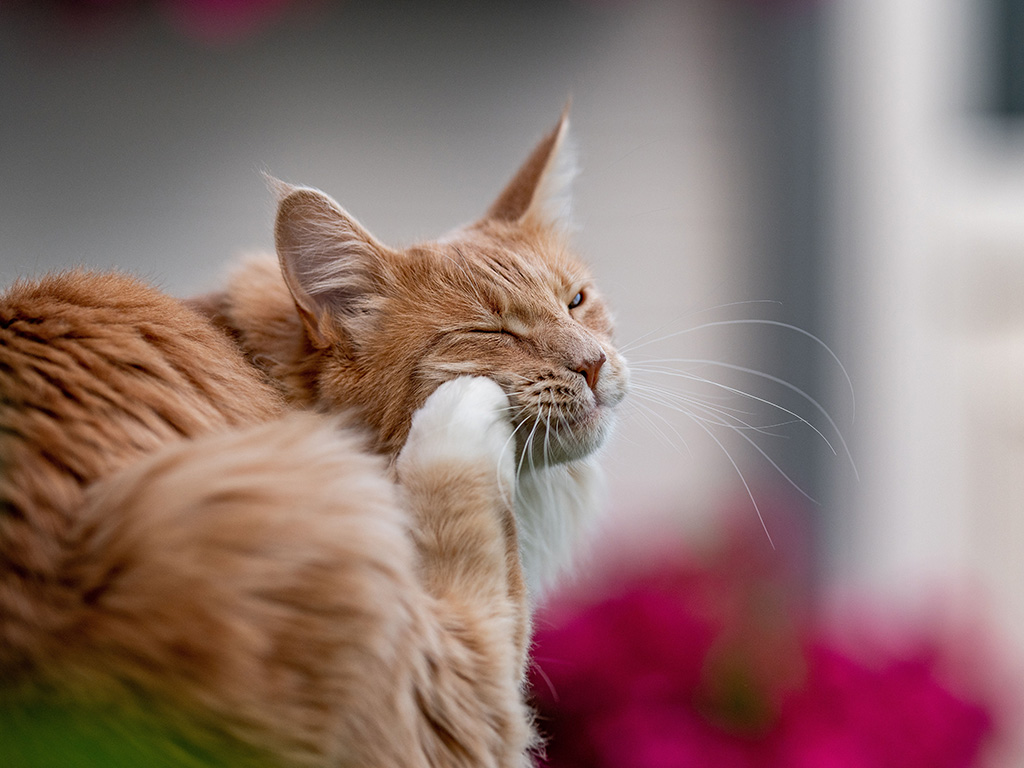Shoo, Fly! Keeping Cattle Comfortable And Healthy

Flies might be seen as simply a pesky inconvenience, but for cattle, they’re much more of a concern. Because these tiny insects can cause stress, reduce feed intake, and spread diseases, when left unmanaged, they can significantly impact cattle health, comfort, and productivity.
Dr. Eric Kneese, a clinical assistant professor at the Texas A&M College of Veterinary Medicine & Biomedical Sciences, provides insights on the most common fly-related issues and the best ways to protect cattle by controlling flies.
The Usual Suspects
Not all flies are the same, and different species affect cattle in different ways. According to Kneese, the four most common offenders are:
- Horn Flies — These blood-feeding flies cluster on a cow’s back and sides, causing irritation, reduced weight gain, and overall health decline.
- Stable Flies — Known for their painful bites, stable flies attack the legs and lower body. Even just a few flies (5-10 per leg) can make cattle restless, reducing feeding efficiency and leading to weight loss.
- Face Flies — These flies feed on eye and nasal secretions, making them a primary vector for infectious bovine keratoconjunctivitis (IBK), also commonly called pinkeye, a painful and contagious disease in cattle.
- House Flies — While these don’t bite, house flies contribute to unsanitary conditions by feeding on manure and spreading bacteria that lead to infections.
Understanding which flies are affecting a herd is key to developing an effective control plan.
Why Some Cattle Handle Flies Better
Not all cattle are equally susceptible to flies.
“Research has shown that Bos indicus breeds, such as Brahman-influenced cattle, tend to be more resistant to flies than Bos taurus breeds, like British cattle,” Kneese said. “This is because of specific physiological and behavioral traits that help them naturally fend off pests.”
Even within a single breed, some are more resistant than others.
“A study on Chianina cows found that certain individuals had over four times as many flies as their more resistant counterparts,” Kneese said. “This suggests that factors beyond breed alone — such as individual genetic differences — play a key role in fly susceptibility.”
Even coat color can make a difference — white-coated Holstein dairy cows, for example, have been found to resist horn flies more effectively than their darker-coated counterparts.
Winning the Battle
Even the most fly-resistant cattle aren’t entirely immune, making proactive control essential for maintaining herd health and comfort. A common mistake made among cattle owners is waiting too long to implement control measures.
“If you wait until flies are already a problem, management becomes much more difficult,” Kneese said. “It’s always best to start early, stay consistent, and use a multimodal approach — combining insecticides, environmental management, biological control, and physical barriers.”
Insecticides offer direct control through pour-on treatments, ear tags, sprays, and dust bags. Pour-ons are applied along the animal’s back, while ear tags gradually release insecticides. Sprays provide quick, targeted application, and dust bags coat cattle with insecticide as they pass through.
Kneese also recommends feed-through control, which involves adding insect growth regulators (IGRs) to pastures. These additives pass through the animal’s system and into manure, preventing larvae from maturing into adult flies.
Environmental management is another key component of fly prevention.
“Flies lay eggs in moist, organic matter, like manure and decaying plant material,” Kneese said. “Regularly cleaning stalls, pens, and pastures makes the area less hospitable for flies, reducing overall populations.”
Biological control also provides natural protection. Parasitic wasps, for example, lay eggs on developing flies, killing them before they become mature adults. Other natural predators, such as beetles and birds, also contribute to fly reduction.
Physical barriers and traps are an additional layer of defense. Fly masks are more commonly associated with horses, but they can also be used on cattle to protect from face flies, reducing irritation and the risk of eye infections, while sticky ribbons and mechanical traps help capture flies.
Year-Round Preparedness
Fly control isn’t just a seasonal concern — especially in southern states where flies remain active throughout the year. In colder regions, where flies disappear during winter, taking proactive steps during the off-season can prevent infestations from surging when temperatures rise again by strengthening cattle health and resilience.
To stay ahead of fly season, Kneese recommends stocking up on fly control products and keeping pastures and barns clean.
“Having insecticides, traps, and other fly control tools on hand will ensure a quick response when flies start emerging,” Kneese said. “Maintaining a clean environment will help prevent fly populations from surging when warm weather returns.”
By tailoring the approach to regional conditions and staying proactive, cattle owners can minimize fly-related stress on their herds, keeping their animals healthier and more productive year-round.
“Successful fly control is about prevention, consistency, and adaptation,” Kneese said. “Cattle owners should work with veterinarians and extension specialists to develop a customized fly plan based on their location, catte type, and management style.”
With awareness and the right strategy, flies don’t have to be a losing battle — and that’s something both cattle and their owners can be happy about.
Pet Talk is a service of the College of Veterinary Medicine & Biomedical Sciences, Texas A&M University. Stories can be viewed on the web at vetmed.tamu.edu/news/pet-talk. Suggestions for future topics may be directed to vmbs-editor@tamu.edu.
You May Also Like








